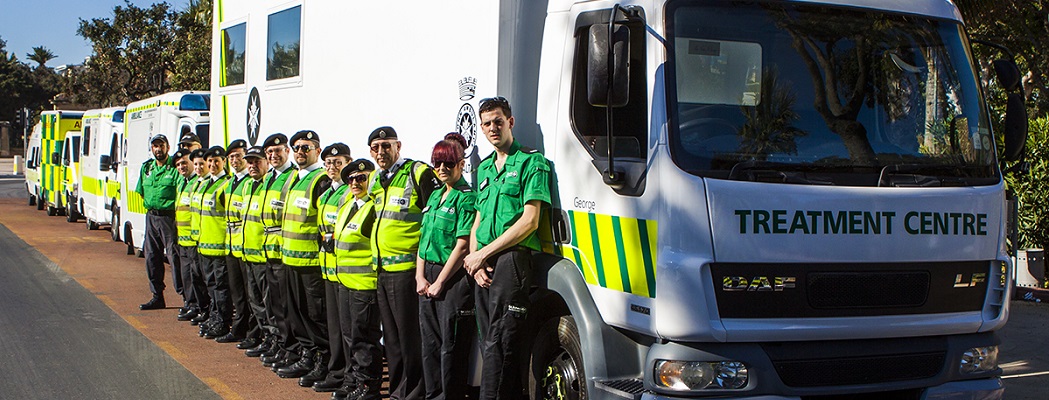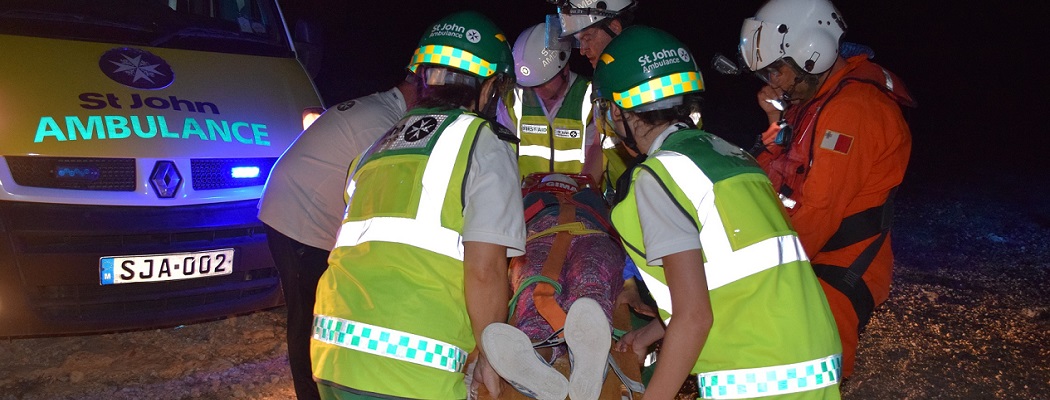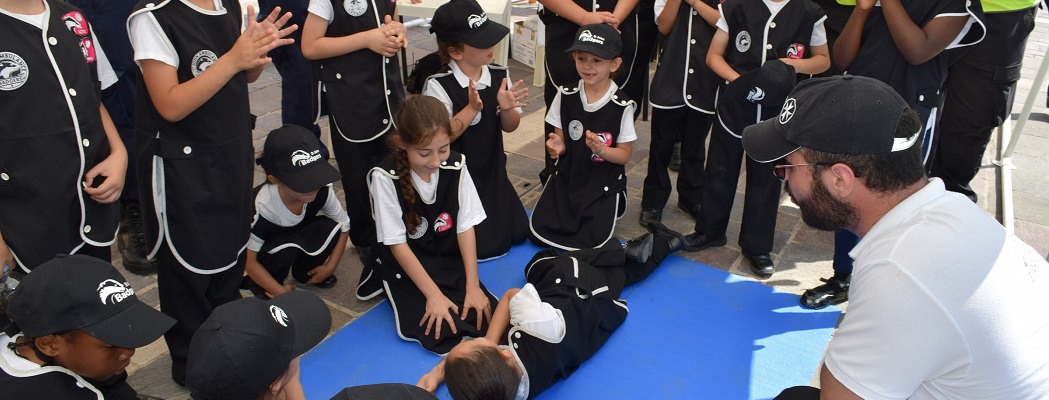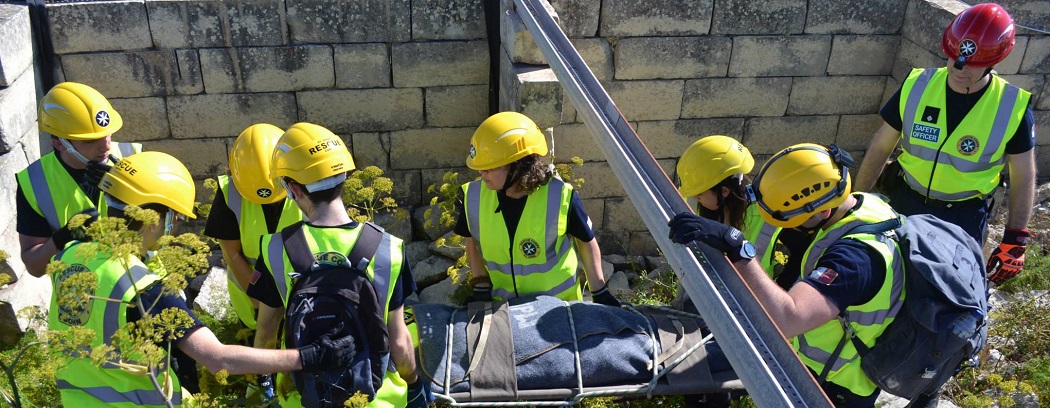These first aid tips are no substitute for thorough knowledge of first aid.
Attend a St John Ambulance First Aid Course.
A heart attack is most commonly caused by a sudden blockage of the blood supply to the heart muscle itself, for example a blood clot. The main risk is that the heart will stop beating so your aims are to make the casualty as comfortable as possible and rest and arrange urgent removal to hospital.
Recognition
- Persistent central chest pain – often described as a heavy pressure crushing or vice like pain.
- The pain often spreads (radiates) to the jaw, neck and down one or both arms.
- Breathlessness.
- Discomfort high in the abdomen similar to indigestion.
- There could be collapse without warning.
- Ashen skin and blueness at the lips.
- Rapid, weak pulse which may be irregular.
- Profuse sweating, skin cold to the touch.
- Gasping for air (air hunger).
- Nausea and/or vomiting.
Treatment
Your aim is to make the casualty as comfortable as possible and arrange urgent removal to hospital.
- Sit the casualty down in the ‘W’ position: Semi-recumbent (sitting up at about 75° to the ground) with knees bent.
- Dial 112 for the ambulance.
If the casualty is fully conscious:
- Give him or her a 300mg aspirin tablet to chew slowly provided there are no reasons not to give the aspirin and provided the patient is not under 16 years of age.
- If the casualty has any medication for angina, such as tablet or spray, then assist them to take it.
- Constantly monitor and record the vital signs, breathing and pulse rate etc, until help arrives.
If the casualty becomes unconscious:
- You need to open the airway and check breathing and be prepared to start CPR if necessary, please refer to the tips on CPR for Adults.






